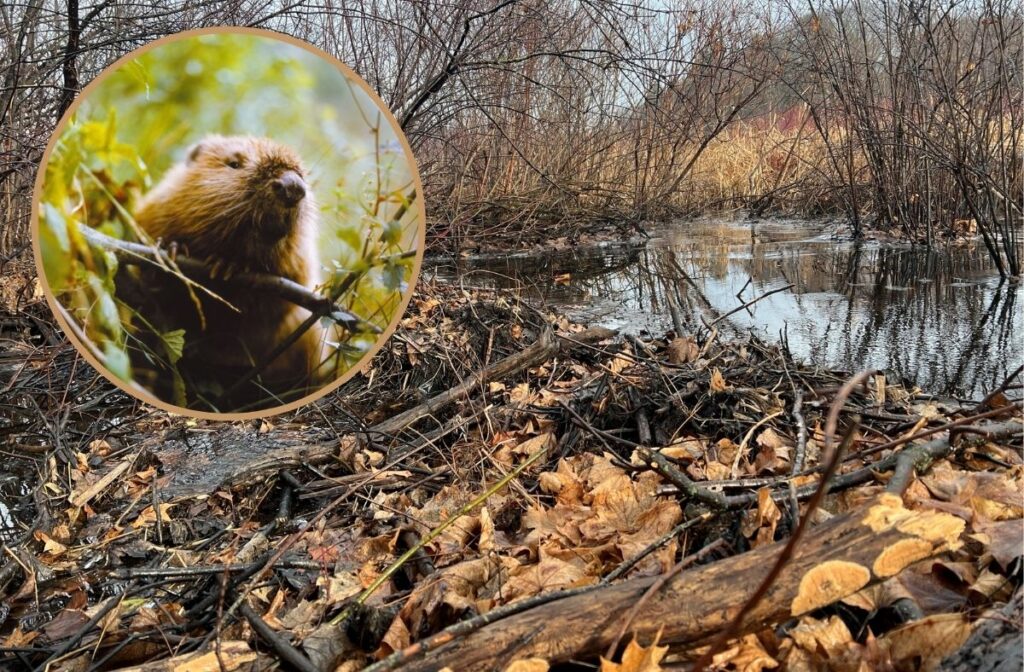
Written by Kiah Walker, Biologist at Minute Man National Historical Park
Did you know that beavers were not part of the local landscape at the time of the American Revolution? Rather, seventeenth-century colonists massively overharvested beavers for the profitable fur trade. By 1700, beavers were eliminated from all of Massachusetts except for the northern Berkshires, and by the late 1700s, they were completely extirpated from the state. Beavers were reintroduced to Massachusetts beginning in 1932. Since then, they have proliferated throughout much of their former range, including Minute Man National Historical Park.
At times, conflicts arise when beavers flood roads, buildings, or septic systems. In these situations, the park may pursue options such as water level control devices. A water level control device acts as a permanent leak in a dam, keeping beaver wetlands at levels acceptable to humans. In one recent instance, the park also obtained a permit to breach a small beaver dam at a historic stone culvert. However, the park generally employs a hands-off approach, preferring passive coexistence to active management whenever possible. As beaver wetlands tend to support diverse plant and animal communities, they are a valuable part of our local ecosystem.
Kiah Walker is in her first year as the Biologist at Minute Man National Historical Park.
Image: A small beaver dam made of sticks and mud in one of Minute Man National Historical Park’s wetland areas, photo by Kiah Walker. Inset: Stock photo of a beaver.